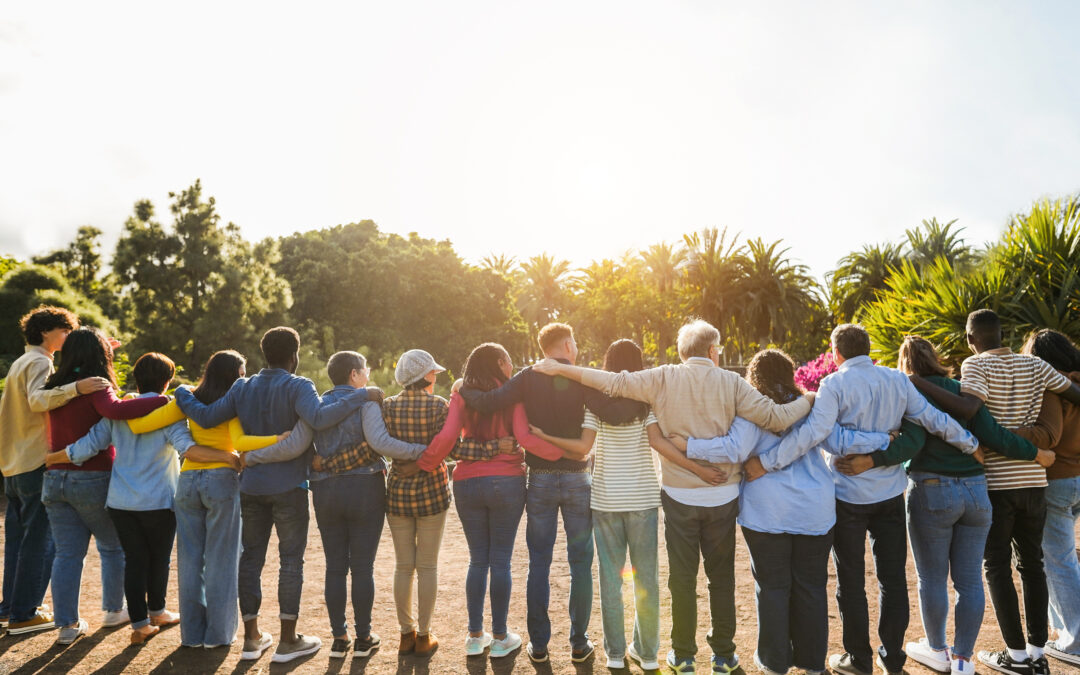Community care at the micro level:
- Saying hello to a neighbor
- Meal prepping/cooking with a loved one
- Texting a friend
- Carpooling with a friend or colleague
- Checking in with your loved ones
Community care at the macro level:
- Participating in a community garden
- Community clothing swaps
- Group therapy spaces for processing and healing
- Volunteering for a cause you care about
- Community book clubs
- Participating in social activism
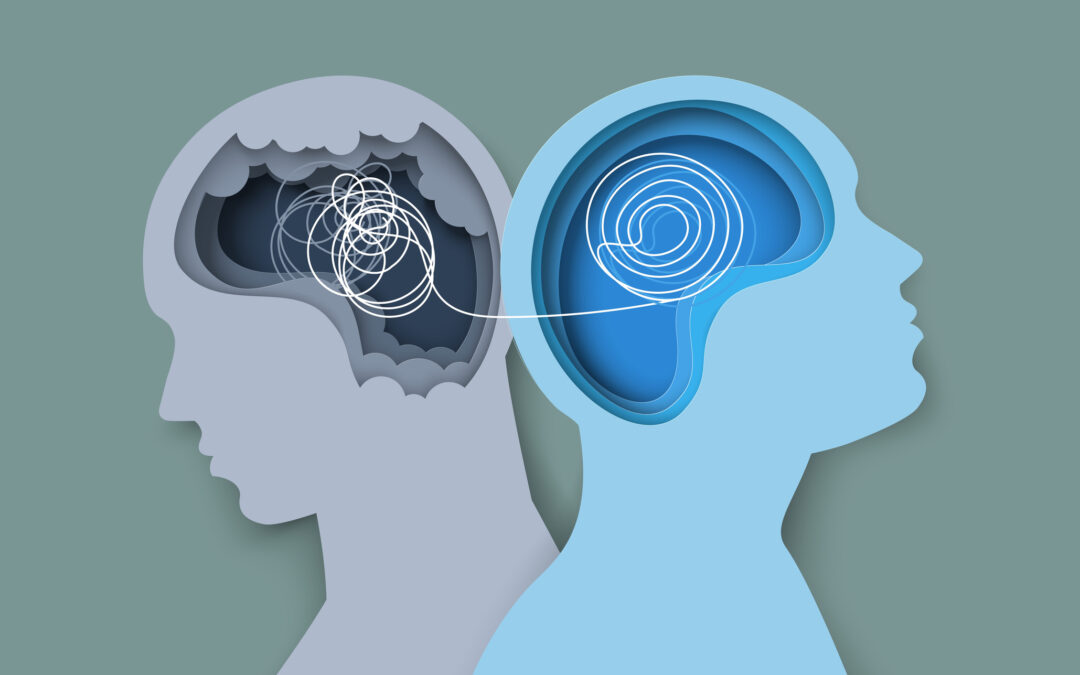
Window of Tolerance 101
Strengthening Coping Strategies Widening the Window of Tolerance The more adept we become at coping with distress, the more we strengthen our ability to experience the here-and-now sense of safety in therapy as we face our pain. When your therapist helps you ground,...

Introducing EMDR Intensives
Are you feeling weighed down by unresolved trauma? Do you wish there was a quicker way to find relief and start healing? We have exciting news! Star Meadow Counseling is now offering EMDR Intensives, a new and powerful way to process trauma. These extended therapy...
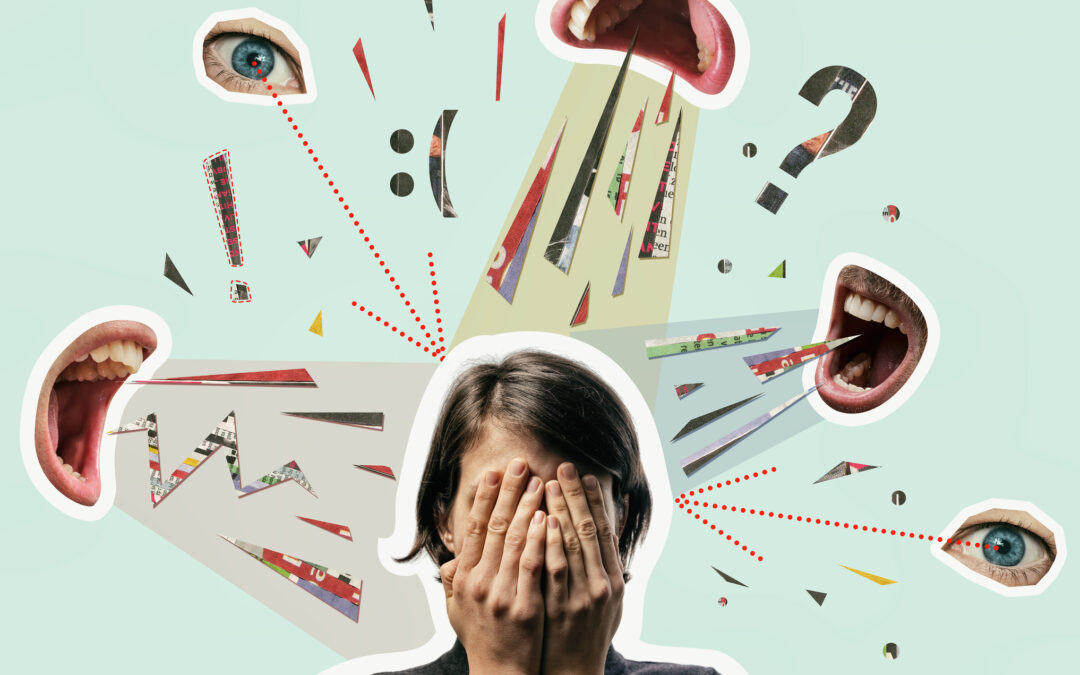
Healing from Narcissistic or Emotional Abuse: A Journey to Rediscovery and Resilience
Abuse, whether labeled as narcissistic or emotional, can leave deep, lasting scars on your self-esteem, sense of self-worth, and overall mental well-being. Many people who have experienced this may feel lost, confused, and question their own reality. If you are...
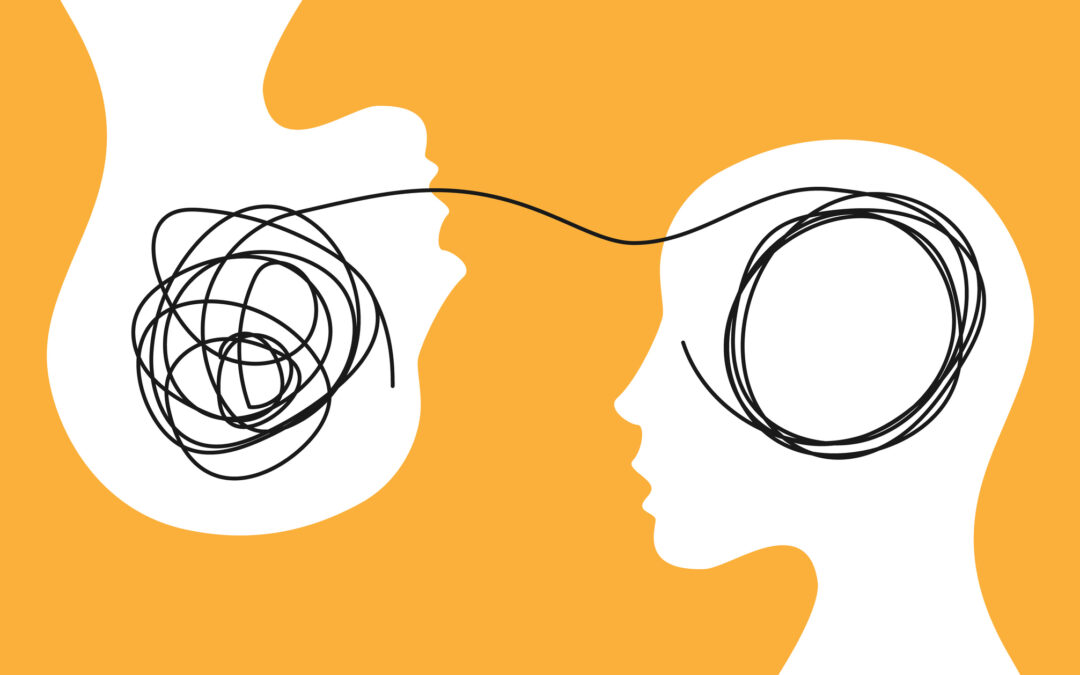
From Pain to Power: The Narrative Trauma Therapy Experience
In the journey of healing from trauma, the power of storytelling is often underestimated. Yet, within the realm of mental health counseling, narrative trauma therapy stands as a profound method for fostering healing and resilience. By harnessing the narrative of one's...
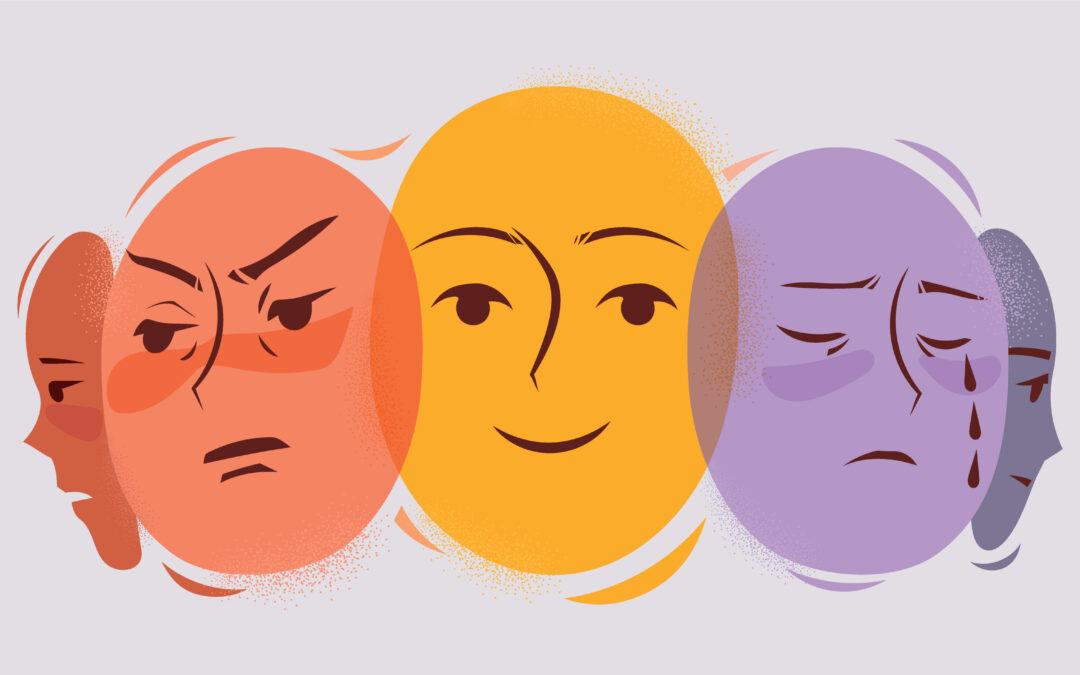
Empowering the Self: An Introduction to Internal Family Systems Therapy
Understanding the Internal Family Systems Model Developed by Dr. Richard C. Schwartz in the 1980s, Internal Family Systems Therapy draws on a unique perspective that views the human psyche as a family system. Just as a family consists of different members with...

